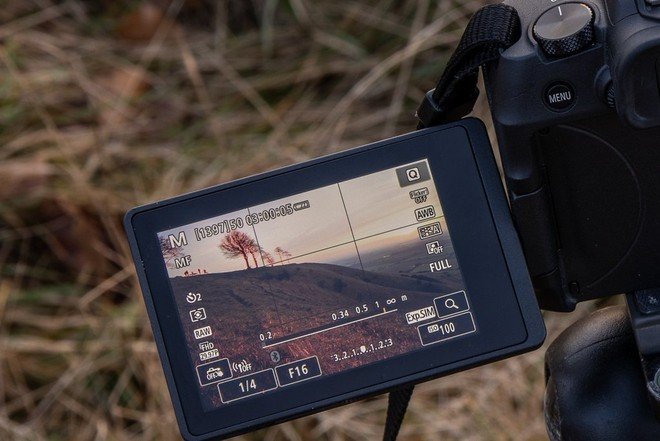If you use a modern mirrorless camera, you have probably looked through its electronic viewfinder (EVF). This small screen shows exactly what your camera sees. But how is it so sharp and fast? The secret is something called an EVF optical module.
This special part takes the camera’s digital image and makes it look real inside the viewfinder. In this article, we will explain:
- What an EVF optical module is
- How it works in simple steps
- Why it’s better than old-style viewfinders
- How it helps you take better photos
Let’s get started!
Table of Contents
What Is an EVF Optical Module?
An EVF optical module is the “engine” inside your camera’s electronic viewfinder. It takes the image from your camera’s sensor, processes it, and displays it in real time inside the viewfinder.
Key Parts of an EVF Module:
- Microdisplay – A tiny, high-resolution screen (usually OLED).
- Lens Group – Magnifies the image so it looks full-sized.
- Processor – Reduces lag and boosts brightness.
- Eye Sensor – Detects when you look through the viewfinder.
Unlike old optical viewfinders (OVF), which use mirrors and prisms, EVF modules are fully digital—meaning what you see is exactly what the camera captures.
How Does an EVF Optical Module Work? (Step-by-Step)
Step 1: The Image is Captured
- Your camera’s sensor takes in light and converts it into a digital signal.
Step 2: The Processor Optimizes the Image
- The camera’s brain (processor) adjusts brightness, contrast, and colors.
- Advanced systems even predict motion to reduce lag.
Step 3: The Microdisplay Shows the Image
- A tiny OLED screen (like in high-end TVs) displays the image.
- OLEDs offer deep blacks and vibrant colors.
Step 4: The Lens Magnifies the View
- A set of precision lenses enlarges the image so it fills your view.
- High-end modules use aspherical lenses to reduce distortion.
Step 5: The Eye Sensor Activates the Display
- When you bring the camera to your eye, the sensor turns on the EVF instantly.
Why Are EVF Modules Better Than Optical Viewfinders?
| Feature | EVF Optical Module | Old Optical Viewfinder (OVF) |
|---|---|---|
| Real-Time Preview | Shows exact exposure & colors | Only shows raw scene |
| Low-Light Performance | Bright, clear even in darkness | Dim and hard to see |
| Focus Assist | Zoom, peaking, and focus guides | No digital aids |
| Lag | Nearly zero in good models | None (but no live data) |
| Size | Compact, allows smaller cameras | Needs mirrors/prisms (bulky) |
Biggest Advantages:
✔ What You See Is What You Get (WYSIWYG) – No more exposure surprises.
✔ Focus Assist Tools – Zoom in to check sharpness.
✔ Works in Any Light – Bright in darkness, unlike optical finders.
How EVF Modules Improve Your Photography
- Better Exposure Control – See brightness changes before taking the shot.
- Accurate Colors – Preview white balance adjustments live.
- Focus Confirmation – Zoom in to ensure perfect sharpness.
- No More Blackout – Continuous view while shooting bursts.
Example: When shooting a sunset, an EVF shows the exact colors and brightness you’ll capture—no guesswork!
The Future of EVF Optical Modules
New advancements are making EVFs even better:
- Higher Resolution – 9.44M-dot EVFs (like in Sony A1).
- Higher Refresh Rates – Smoother motion (120Hz+).
- HDR Support – More dynamic range in the viewfinder.
- AI Enhancements – Auto-brightness and focus prediction.
Conclusion
EVF optical modules are the secret sauce behind modern mirrorless cameras. By combining high-res OLED screens, smart processing, and precision optics, they give photographers a real-time, accurate preview of their shots—something old optical viewfinders could never do.
Whether you shoot sports, portraits, or landscapes, a good EVF module makes framing, focusing, and exposure control easier and more precise. As technology improves, we’ll see even faster, sharper, and brighter EVFs—making optical viewfinders a thing of the past.
Now you know the magic behind the viewfinder! 🚀

